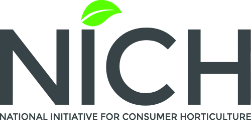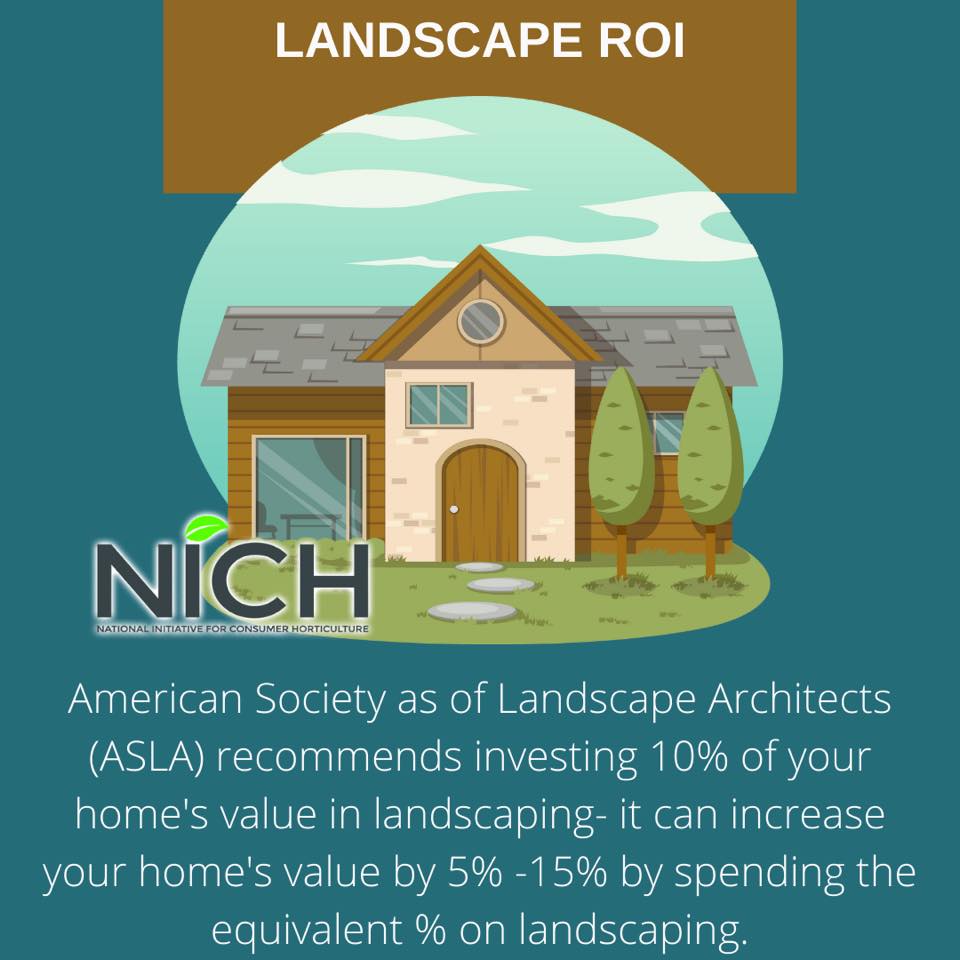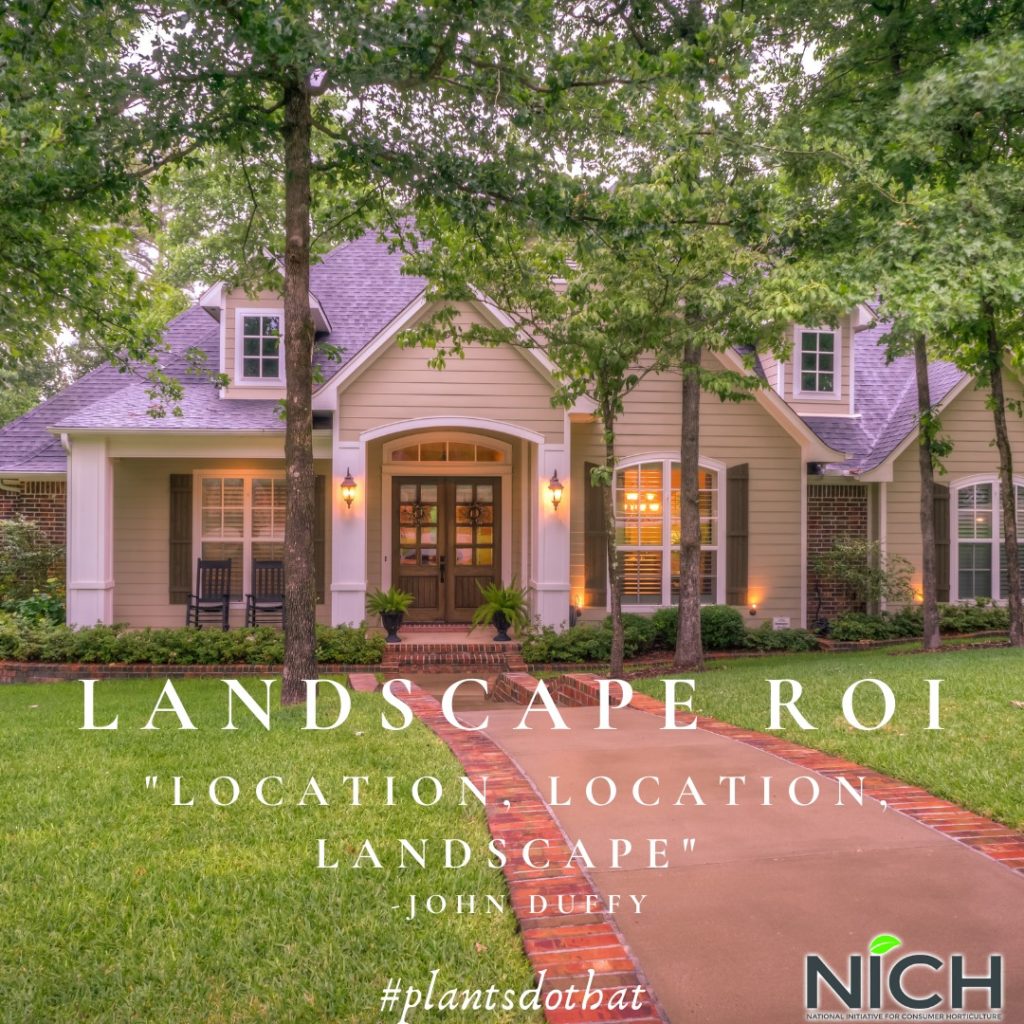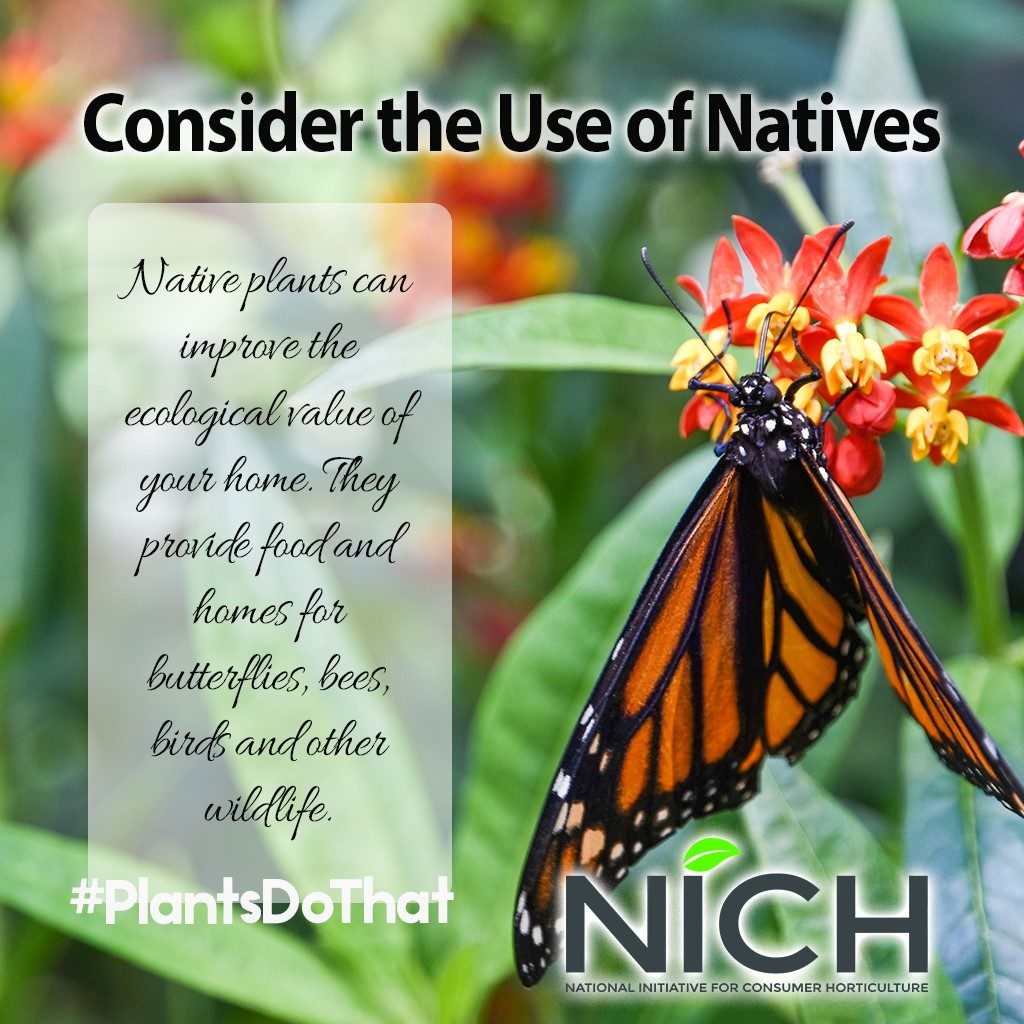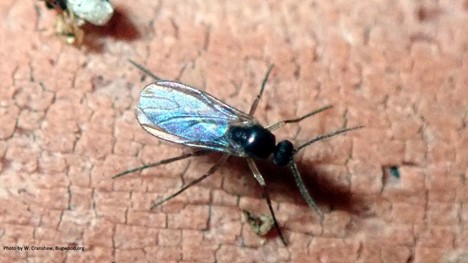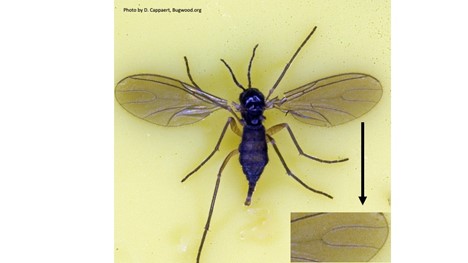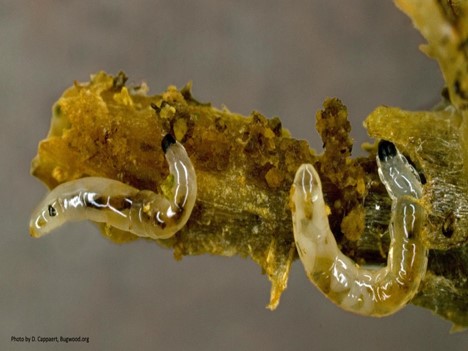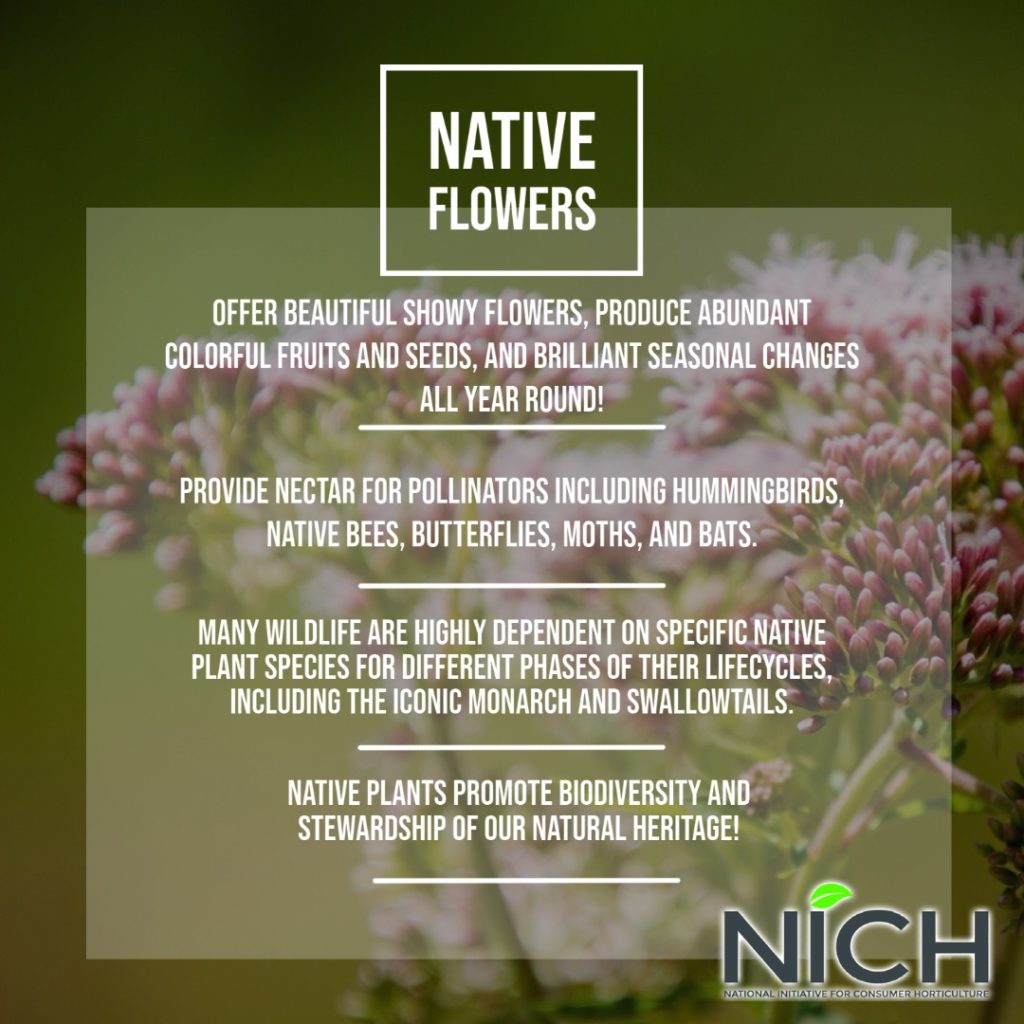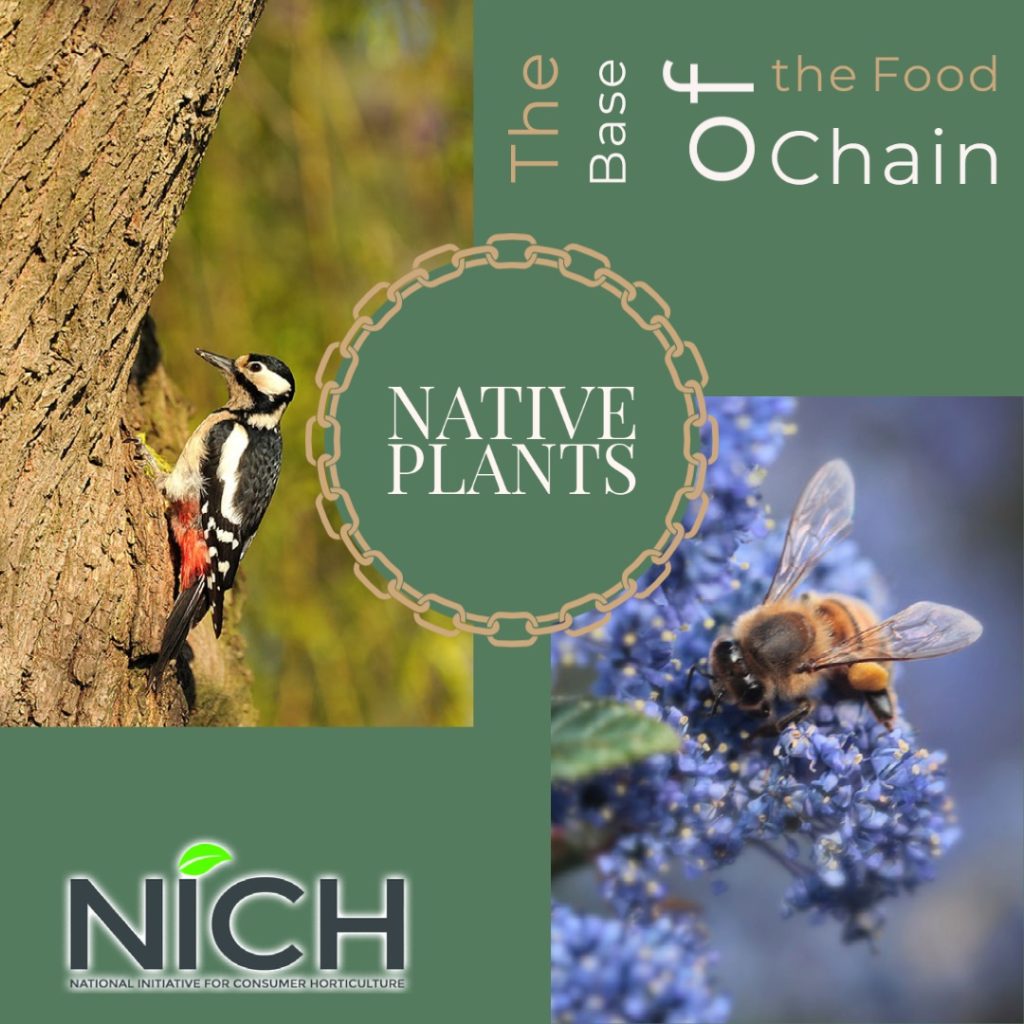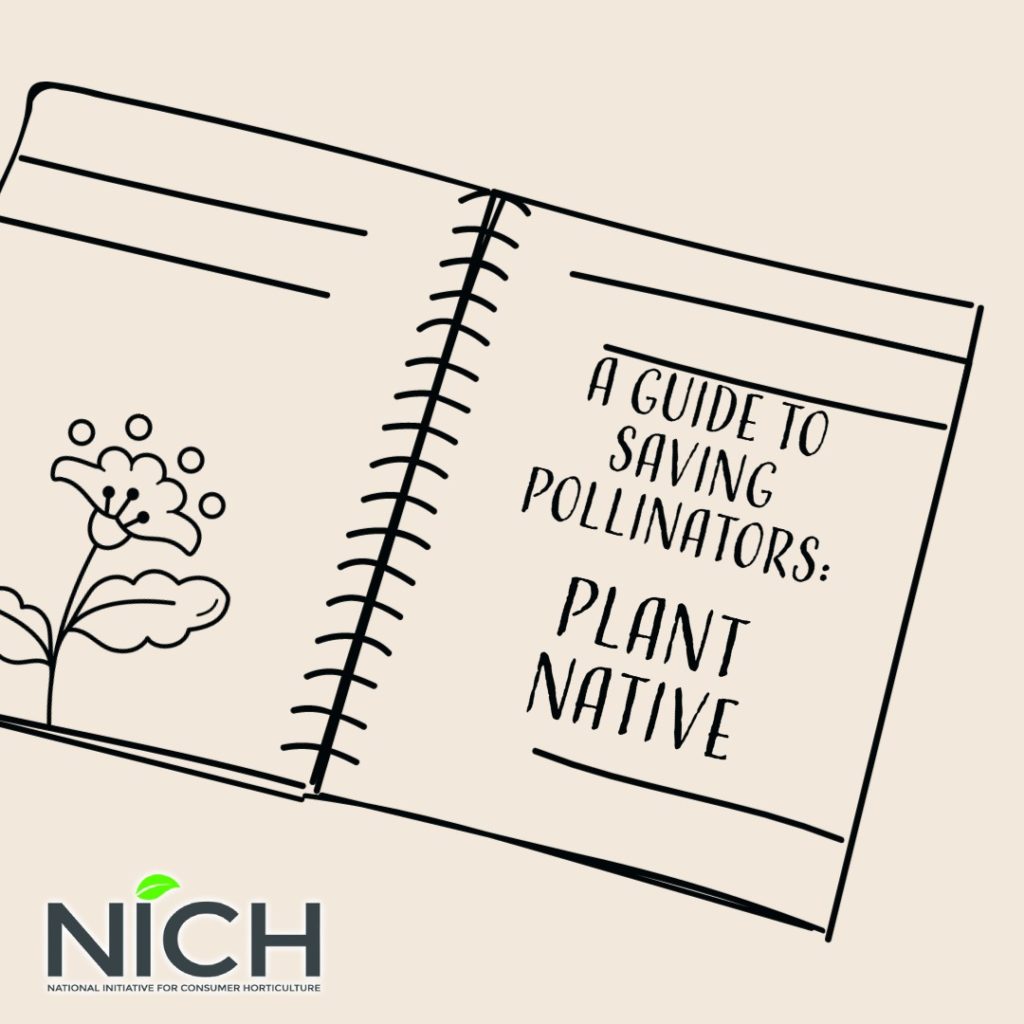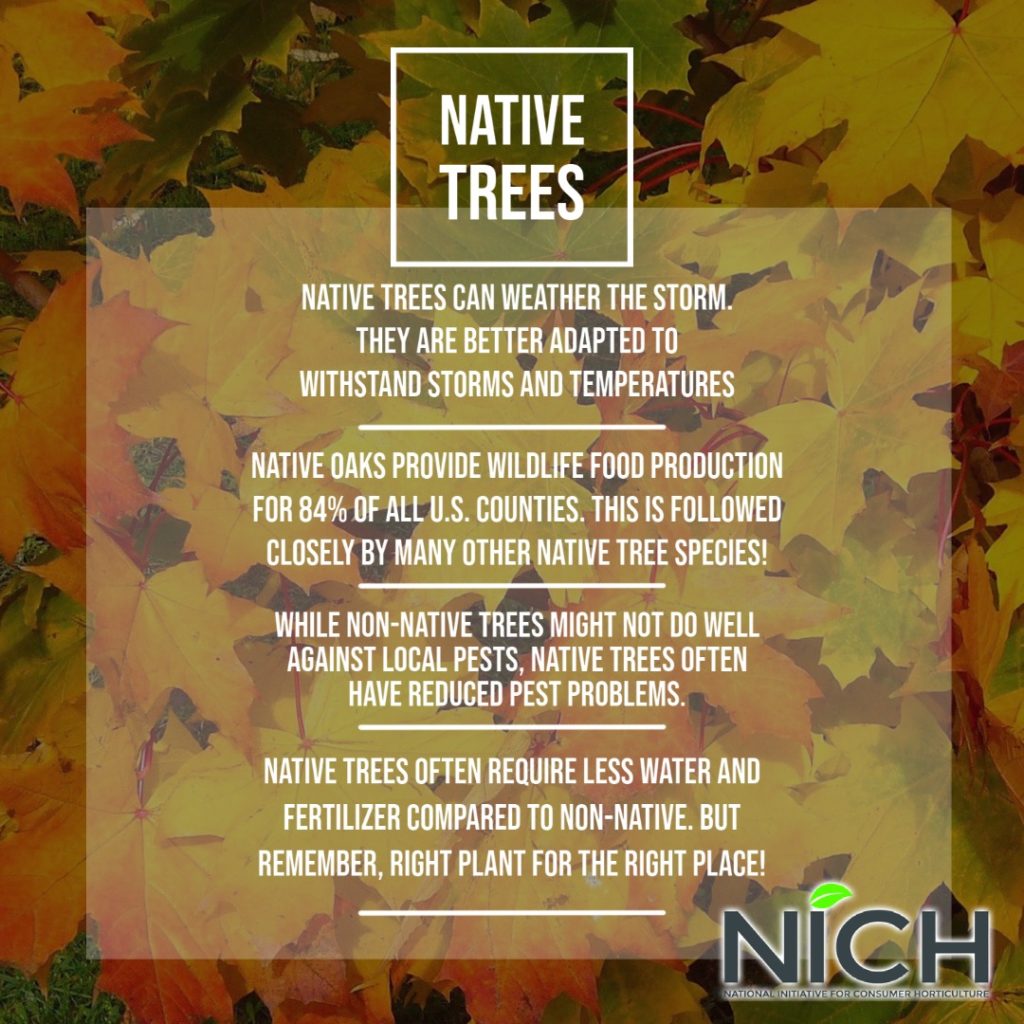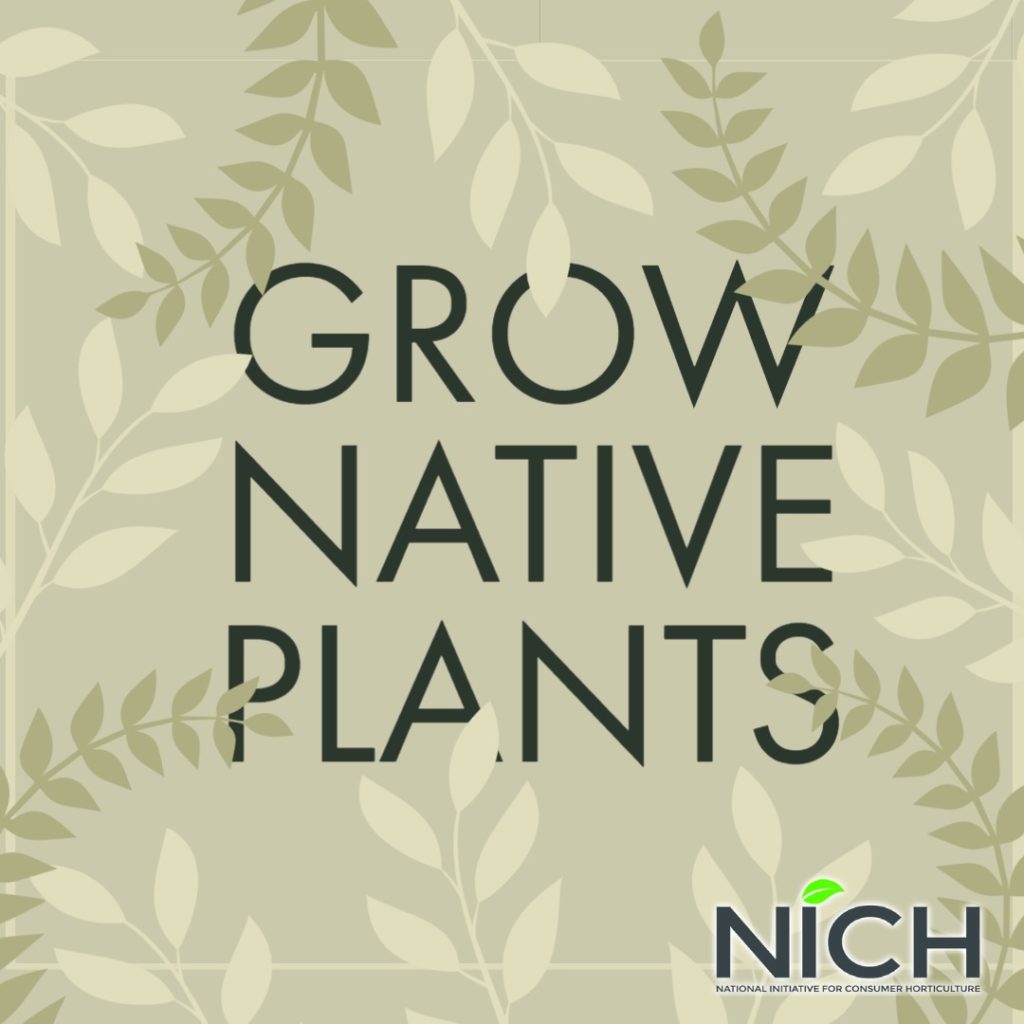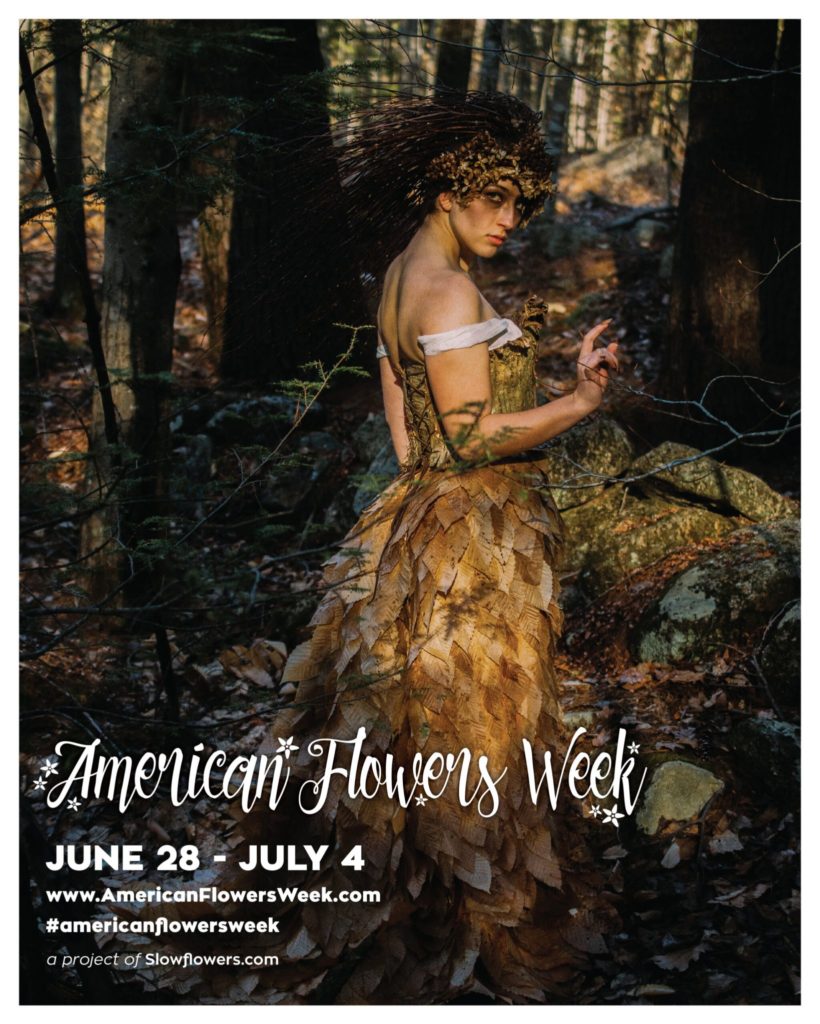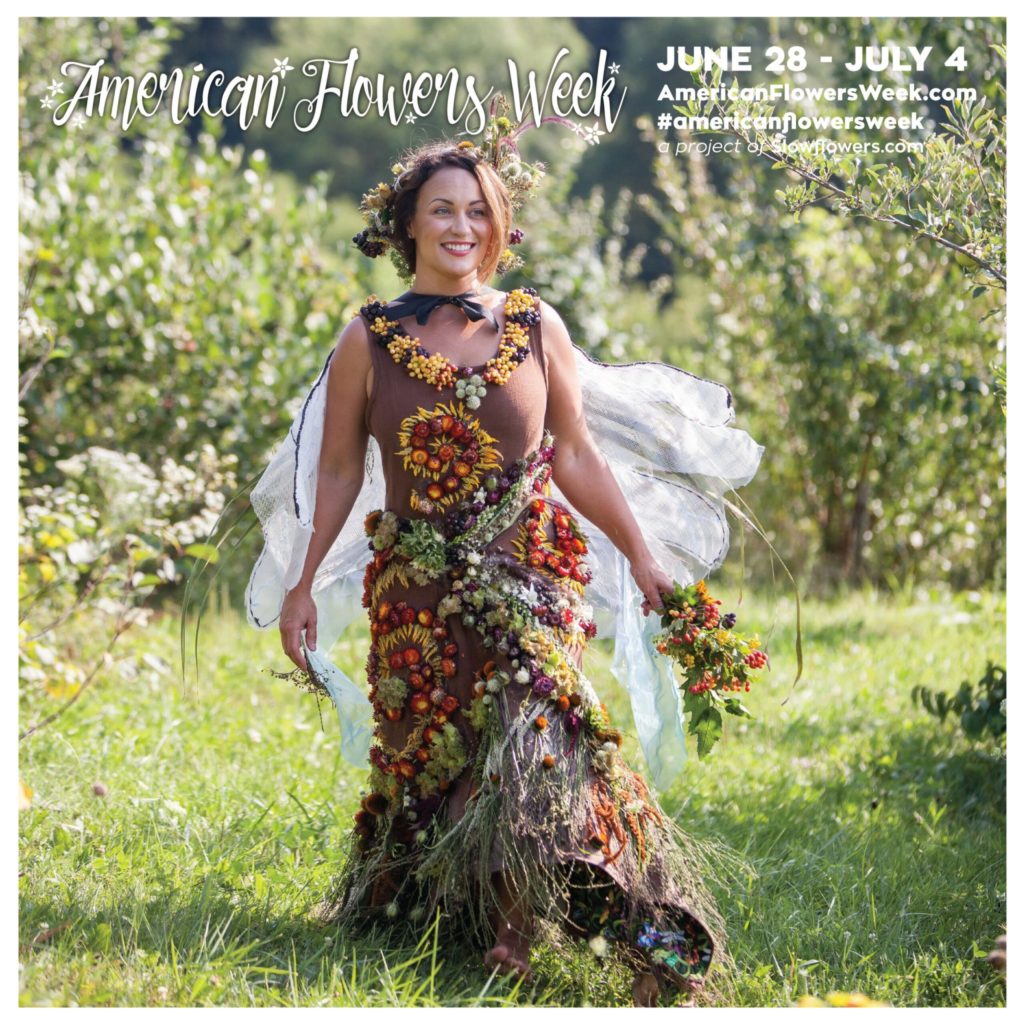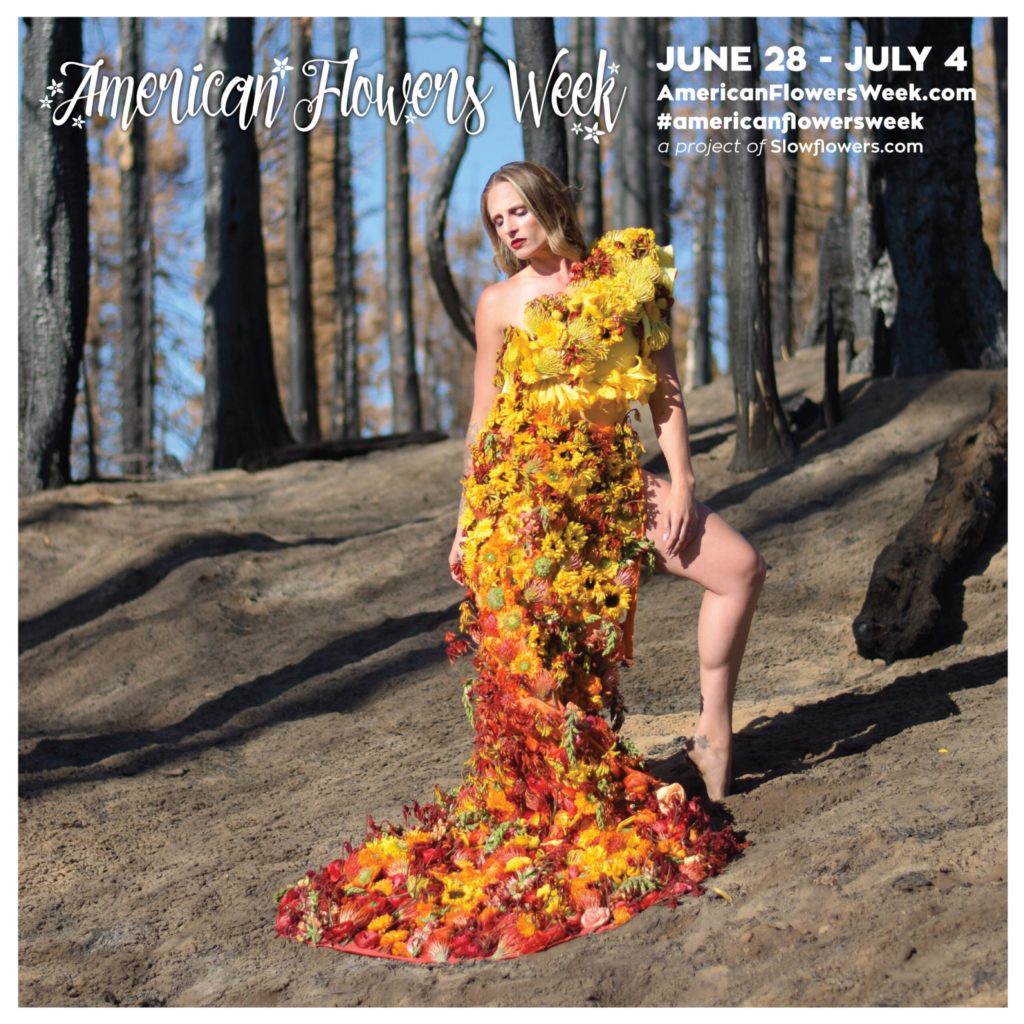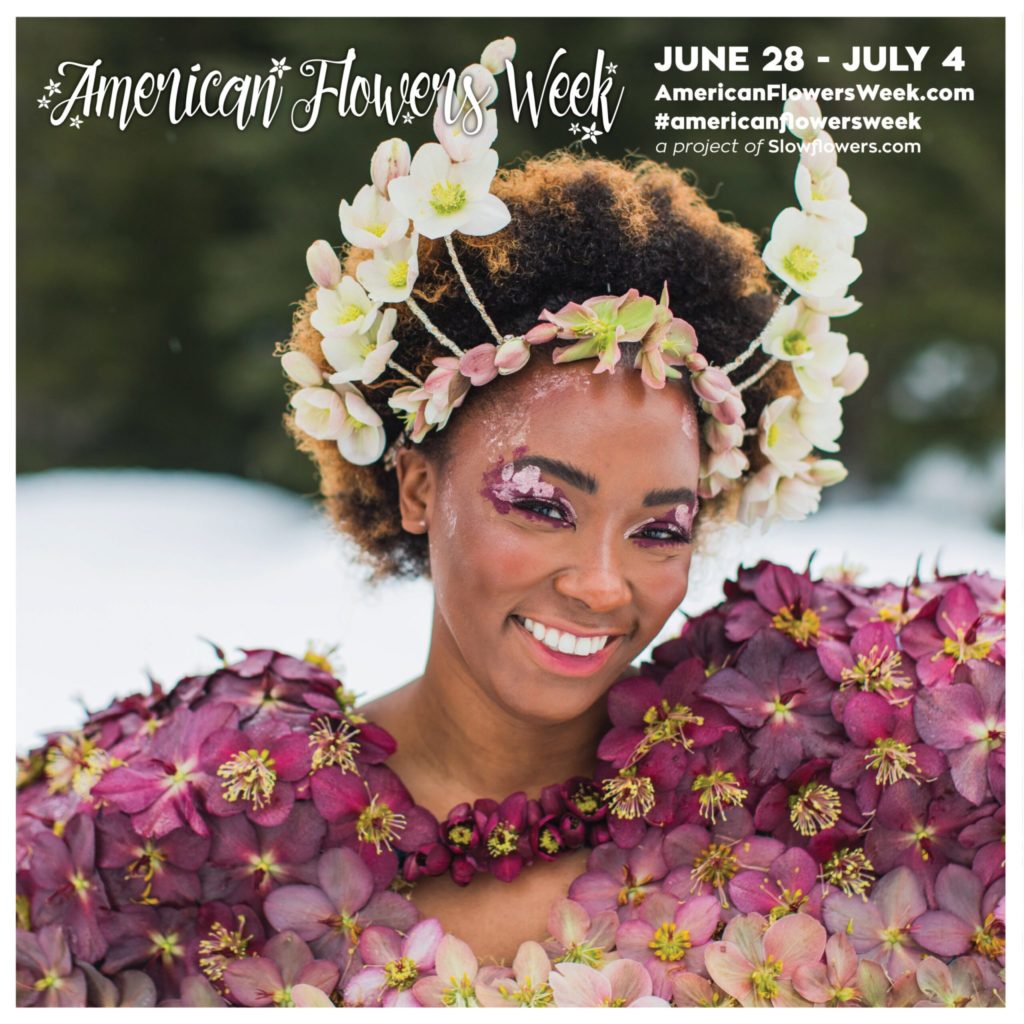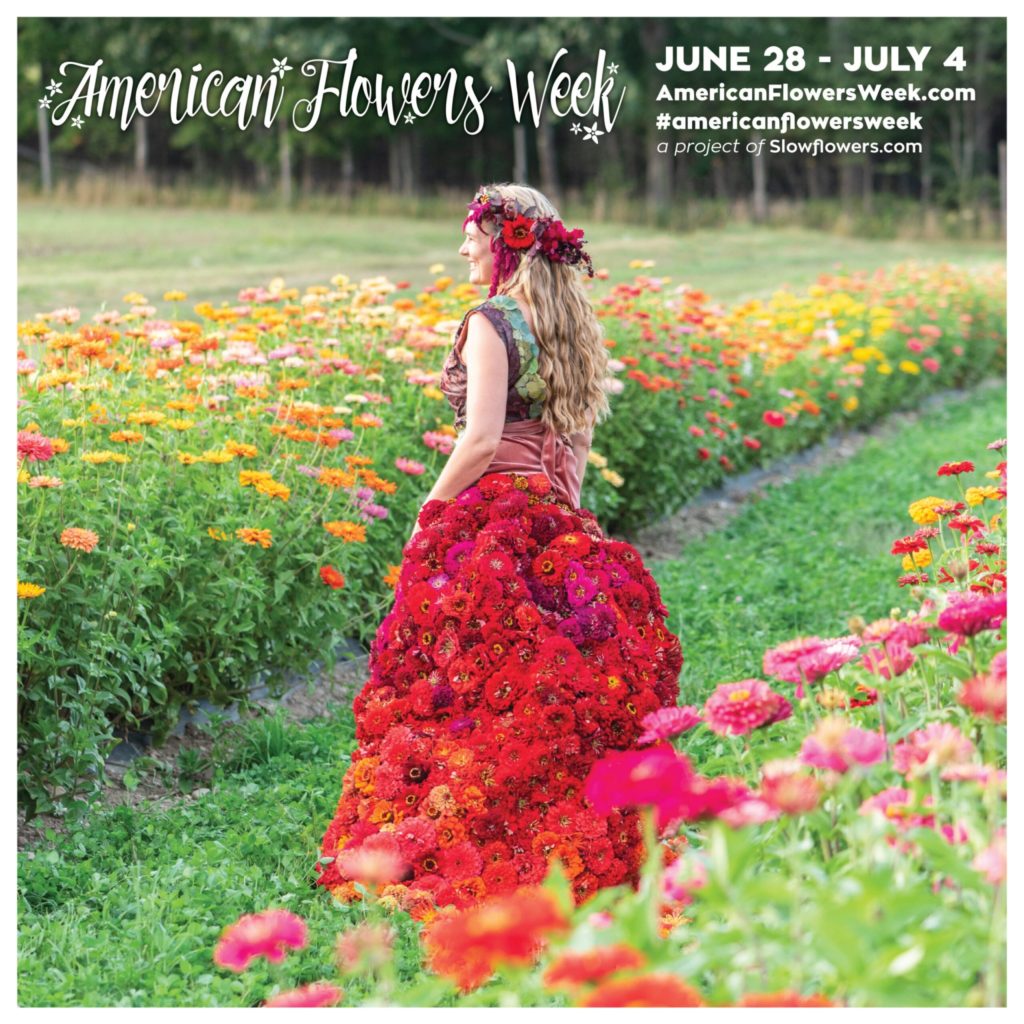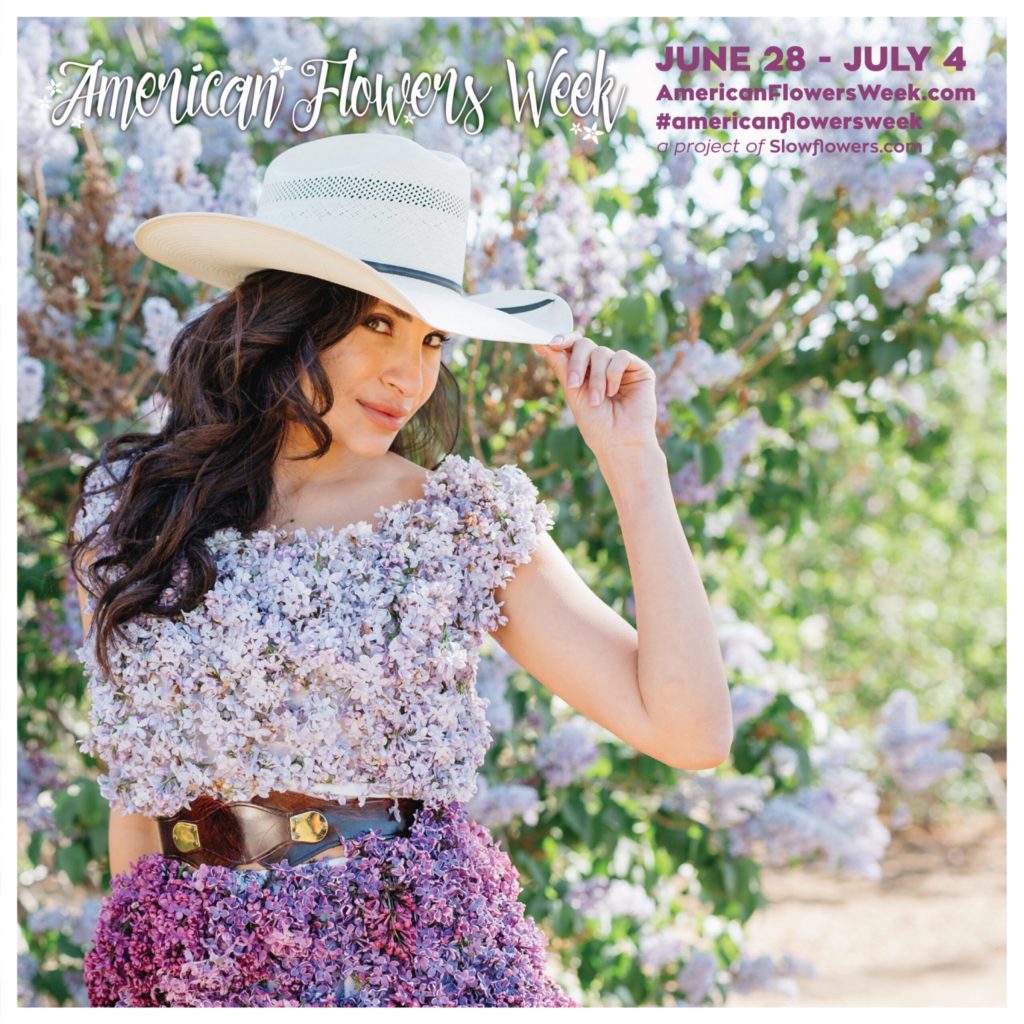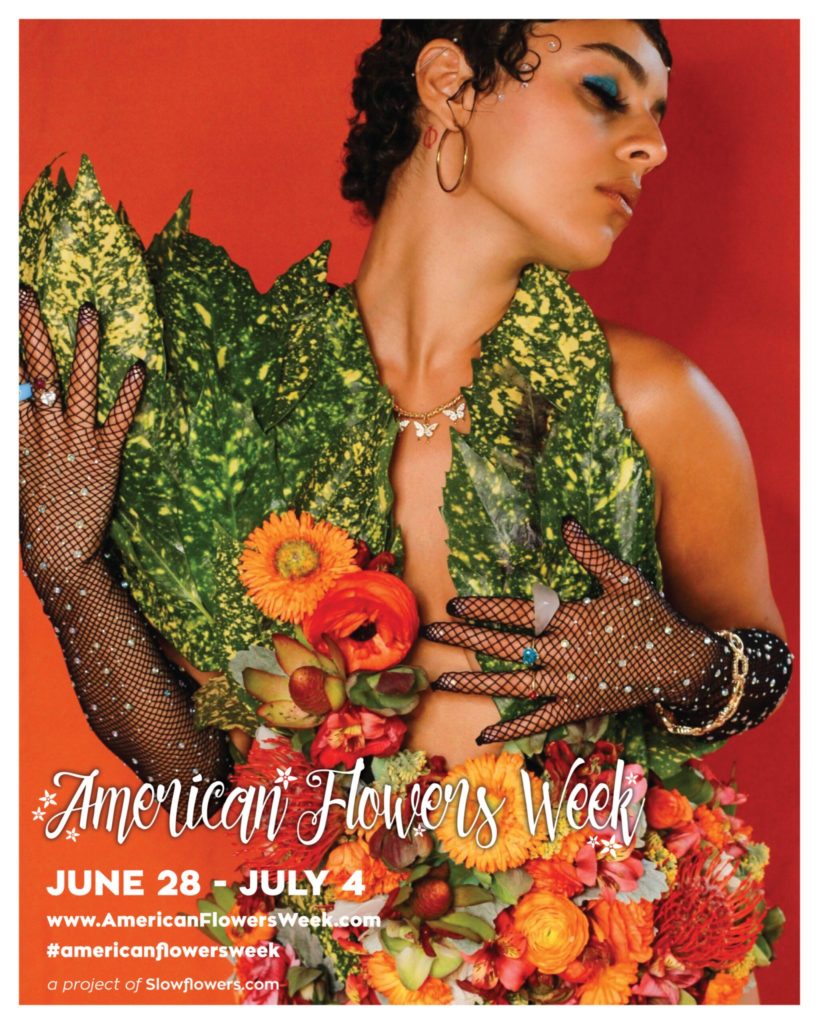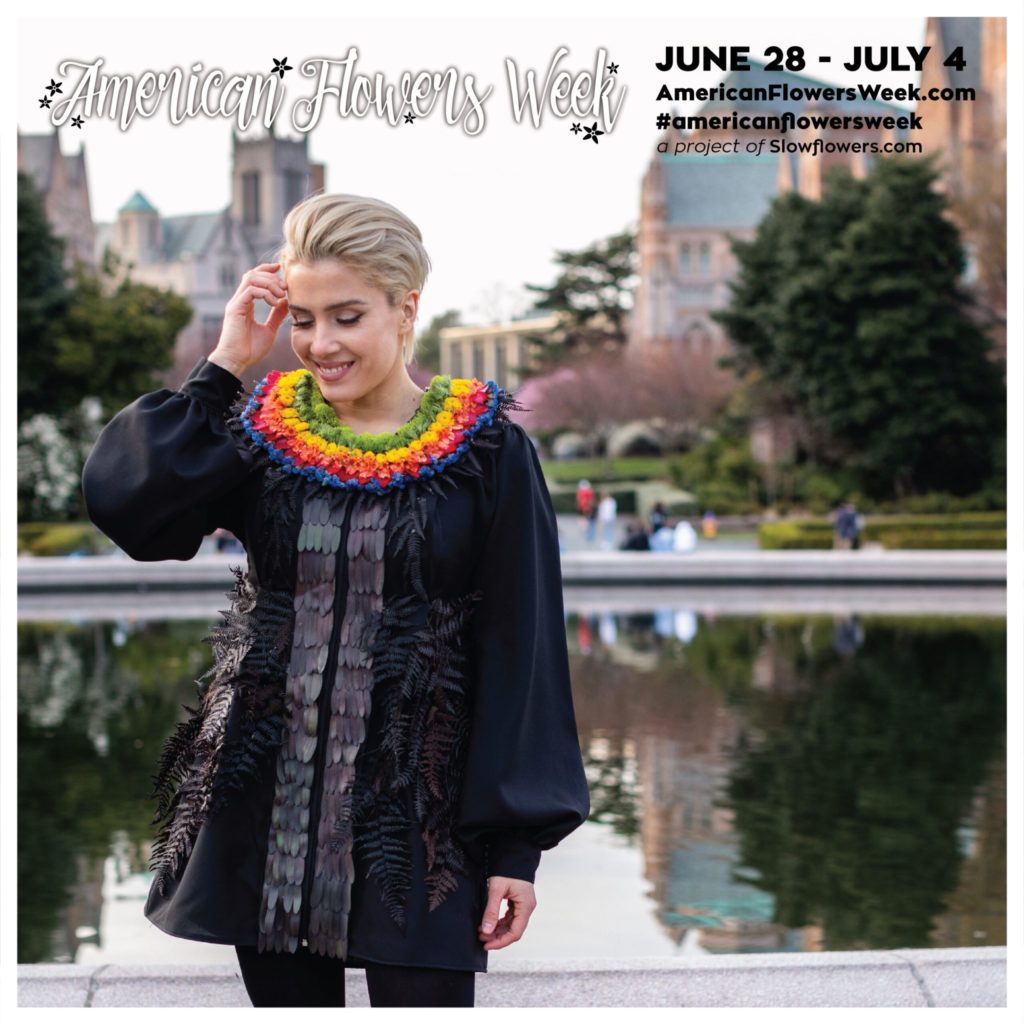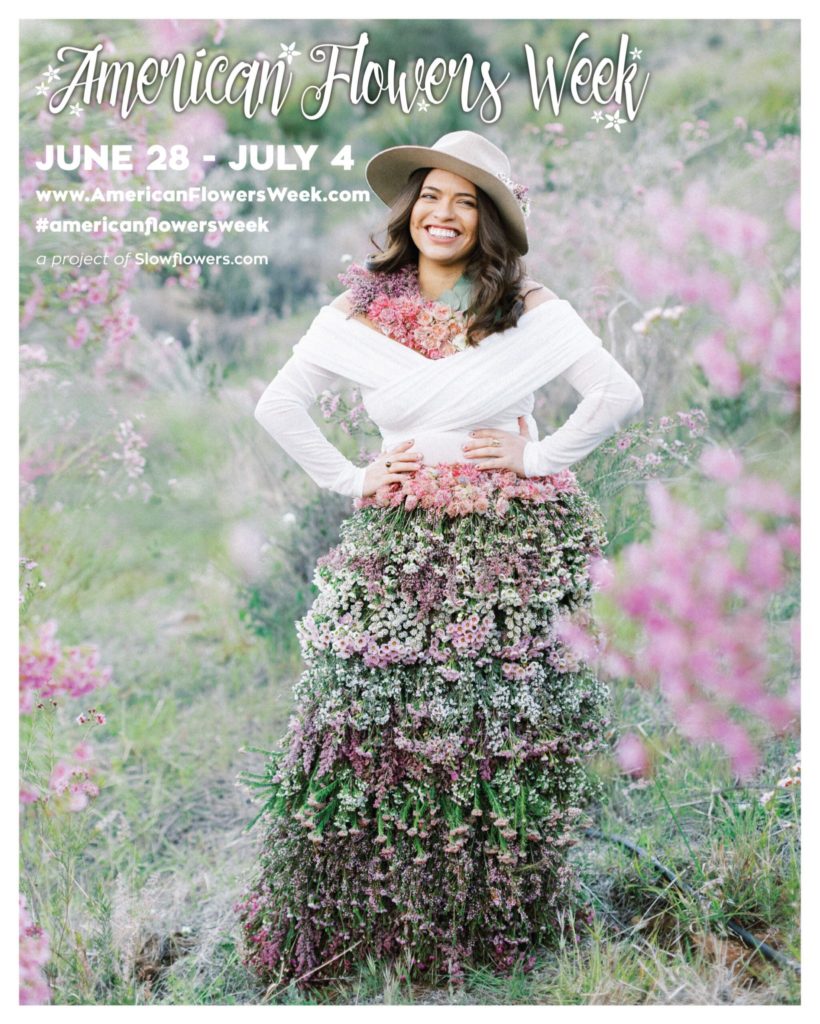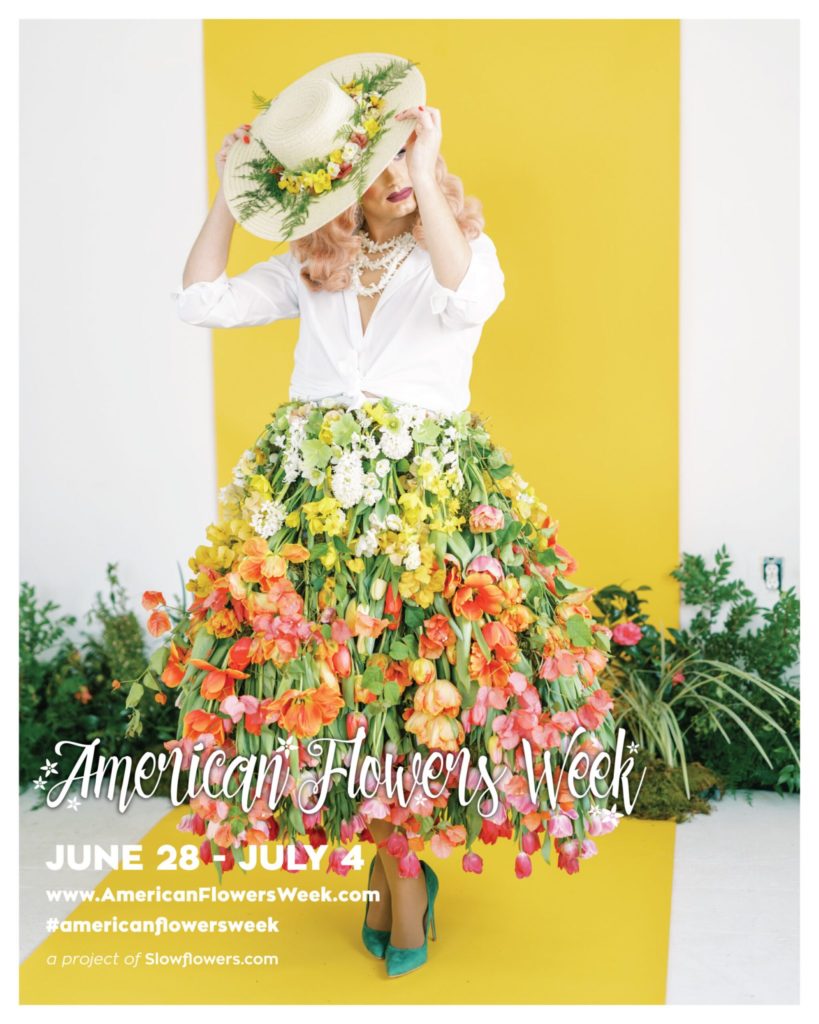NICH has nominated two members to serve on Agriculture Secretary Vilsack’s Urban Agriculture and Innovative Production Advisory Committee. This committee will advise the U.S. secretary of agriculture on the development of policies and outreach relating to urban, indoor, and other emerging agricultural production practices, as well as to identify any barriers to urban agriculture.
“It is critical that individuals with extensive knowledge of Consumer Horticulture serve on the advisory committee and our candidates have that in spades,” noted Ellen Bauske, Chair of NICH. “Consumer Horticulture is the agriculture that 98% of Americans see every day and innovations show up there first.”
Mason Day of JR Peters Inc. has exceptional experience in urban, indoor, and other emerging agriculture production practices. In his role as co-founder of the GrowIt! App, his focus was to increase the level of plant knowledge in consumers nationwide. He helped motivate those living in urban environments to connect plants with their communities, empowering them to learn from each other and introducing them to experts in the area. He was able to identify and help several communities growing food within the urban environment. Many of the challenges urban farmers face are unlike their rural or even suburban counterparts. Mr. Day is keenly aware that this sector’s challenges are best met with inventive technological solutions. He has worked hard to highlight them and make them more widely available.
Missy Gable has rich and varied academic experience. She is currently the Director of University of the California Master Gardener Program, providing academic and administrative leadership to the program. The UC Master Gardener Program is a Cooperative Extension stronghold with over 6,000 volunteers and a value of over $15.5 million. Her program serves the 40 million residents of California, 95% of whom live in urban areas. It is well-known for its innovations in extension education delivery. Ms. Gable has frequently encountered and worked with California’s resourceful urban agricultural entrepreneurs. This has provided her with a unique perspective on the diversity and inclusion challenges faced by these farmers and commercial gardeners.
Both nominees are members of the National Initiative for Consumer Horticulture (NICH) and serve on our Executive Committee. NICH (consumerhort.org) is a consortium of industry leaders who are promoting the benefits and value of horticulture. NICH brings together academia, government, industry, and nonprofits to cultivate the growth and development of a healthy world through landscapes, gardens, and plants — indoors and out.
The Urban Agriculture and Innovative Production Advisory Committee would benefit from the passion and knowledge of either or both these members.
